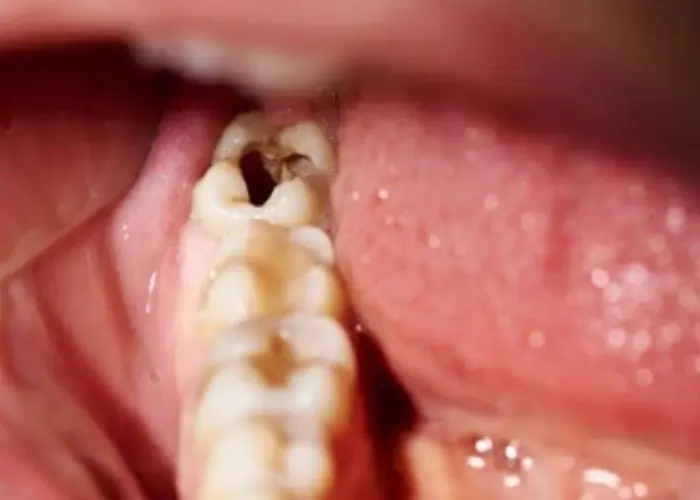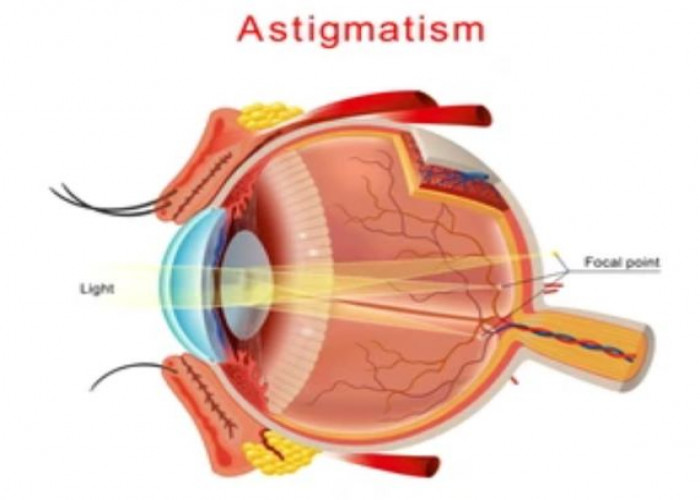 Welcome
Welcome
“May all be happy, may all be healed, may all be at peace and may no one ever suffer."
Astigmatism

Astigmatism is a common refractive error of the eye that causes vision to be blurry or distorted. It occurs when the cornea (the clear front part of the eye) or the lens inside the eye is irregularly shaped, preventing light from focusing properly on the retina at the back of the eye.
Astigmatism can cause a variety of symptoms, including blurred vision at all distances, headaches, eye strain, and squinting. It can occur by itself or along with other vision problems, such as nearsightedness (myopia) or farsightedness (hyperopia).
Astigmatism is usually diagnosed during a comprehensive eye exam and can be corrected with glasses, contact lenses, or refractive surgery, such as LASIK. In some cases, astigmatism can be treated with orthokeratology, a type of vision therapy that involves wearing specially designed contact lenses overnight to reshape the cornea.
It is important to have regular eye exams to detect astigmatism and other vision problems, especially if you have a family history of vision problems or if you experience frequent headaches, eye strain, or blurred vision. Early diagnosis and treatment can help prevent vision problems from worsening and improve your quality of life.
Research Papers
Disease Signs and Symptoms
- Blurred vision of eye
- Headaches
- Difficulty with night vision
Disease Causes
Astigmatism
The eye has two structures with curved surfaces that bend (refract) light onto the retina, which makes the images:
- The cornea, the clear front surface of the eye along with the tear film
- The lens, a clear structure inside the eye that changes shape to help the eye focus on near objects
In a perfectly shaped eye, each of these elements has a round curvature, like the surface of a smooth ball. A cornea or lens with such curvature bends (refracts) all incoming light equally to make a sharply focused image directly on the retina at the back of the eye.
A refractive error
If either the cornea or the lens is egg-shaped with two mismatched curves, light rays aren't bent the same, which means that two different images form. These two images overlap or combine and result in blurred vision. Astigmatism is a type of refractive error.
Astigmatism occurs when the cornea or lens is curved more steeply in one direction than in another. You have corneal astigmatism if your cornea has mismatched curves. You have lenticular astigmatism if your lens has mismatched curves.
Either type of astigmatism can cause blurred vision. Blurred vision may occur more in one direction: horizontally, vertically or diagonally.
Astigmatism may be present from birth, or it may develop after an eye injury, disease or surgery. Astigmatism isn't caused or made worse by reading in poor light, sitting too close to the television or squinting.
Other refractive errors
Astigmatism may occur in combination with other refractive errors, which include:
- Nearsightedness (myopia). This occurs when the cornea is curved too much or the eye is longer than usual. Instead of being focused precisely on the retina, light is focused in front of the retina, making distant objects seem blurry.
- Farsightedness (hyperopia). This occurs when the cornea is curved too little or the eye is shorter than usual. The effect is the opposite of nearsightedness. When the eye is in a relaxed state, light never comes to a focus at the back of the eye, making nearby objects seem blurry.
Disease Prevents
Disease Treatments
The goal of treating astigmatism is to improve vision clarity and eye comfort. Treatments are corrective lenses or refractive surgery.
Corrective lenses
Wearing corrective lenses treats astigmatism by counteracting uneven curvatures of your cornea or lens.
Types of corrective lenses include:
- Eyeglasses. Eyeglasses are made with lenses that help compensate for the uneven shape of the eye. The lenses make the light bend into the eye properly. Eyeglasses can also correct for other refractive errors, such as nearsightedness or farsightedness.
- Contact lenses. Like eyeglasses, contact lenses can correct most astigmatism. They are available in a variety of types and styles.
- Contact lenses are also used in a procedure called orthokeratology. In orthokeratology, rigid contact lenses are worn during the night while sleeping until the curvature of the eye evens out. Then the lenses are worn less frequently to maintain the new shape. If treatment is discontinued, the eye returns to its former shape and refractive error.
- Wearing contact lenses for extended periods of time increases the risk of infection in the eye.
- Ask your eye doctor about the pros and cons and risks of contact lenses and what might be best for you.
Refractive surgery
Refractive surgery improves vision and reduces the need for eyeglasses or contact lenses. An eye surgeon uses a laser beam to reshape the curves of the cornea, which corrects the refractive error. Before surgery, doctors will evaluate you and determine if you're a candidate for refractive surgery.
Types of refractive surgery for astigmatism include:
- Laser-assisted in-situ keratomileusis (LASIK). With this procedure, an eye surgeon makes a thin, hinged flap in the cornea. He or she uses an excimer laser to sculpt the shape of the cornea and then repositions the flap.
- Laser-assisted subepithelial keratectomy (LASEK). Instead of creating a flap in the cornea, the surgeon loosens the cornea's thin protective cover (epithelium) with a special alcohol. He or she uses an excimer laser to change the curvature of the cornea and then repositions the loosened epithelium.
- Photorefractive keratectomy (PRK). This procedure is similar to LASEK, except the surgeon removes the epithelium. It will grow back naturally, conforming to the cornea's new shape. You may need to wear a bandage contact lens for a few days after surgery.
- Epi-LASIK. This is a variation of LASEK. The surgeon uses a special mechanized blunt blade — instead of the alcohol — to separate a very thin sheet of epithelium. He or she then uses an excimer laser to reshape the cornea and repositions the epithelium.
- Small-incision lenticule extraction (SMILE). This newer type of refractive surgery reshapes the cornea by using a laser to make a lens-shaped bit of tissue (lenticule) below the cornea's surface. The lenticule is then removed through a very small incision. For now, the SMILE procedure is only approved for treating mild nearsightedness.
Other types of refractive surgeries include clear lens extraction and implantable contact lenses. There is no one best method for refractive surgery, and you should make a decision only after a complete evaluation and thorough discussion with your surgeon.
Some of the possible complications that can occur after refractive surgery include:
- Undercorrection or overcorrection of your initial problem
- Visual side effects, such as a halo or starburst appearing around lights
- Dry eye
- Infection
- Corneal scarring
- Rarely, vision loss
Discuss the potential risks and benefits of these procedures with your eye doctor.
Disease Diagnoses
Disease Allopathic Generics
Disease Ayurvedic Generics
Disease Homeopathic Generics
Disease yoga
Astigmatism and Learn More about Diseases

Mittelschmerz

Cavities (tooth decay)

Kala Azar

DiGeorge syndrome (22q11.2 deletion syndrome)

Broken leg

Varicocele

Endometrial cancer

Hernia
Astigmatism, Astigmatism meaning, Toric lenses, অ্যাসটিগমাটিসম
To be happy, beautiful, healthy, wealthy, hale and long-lived stay with DM3S.

